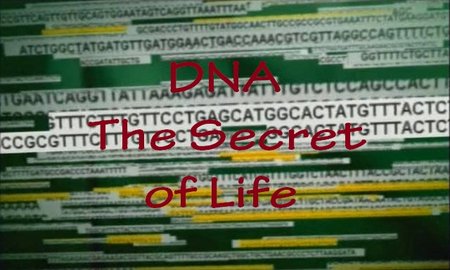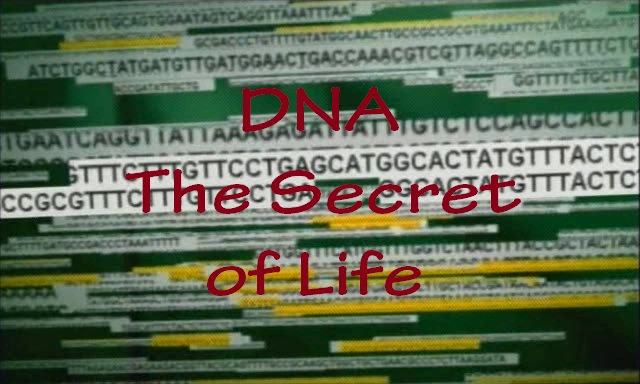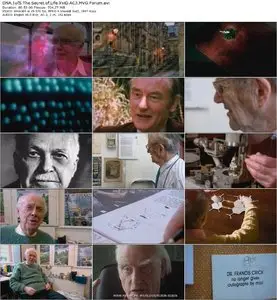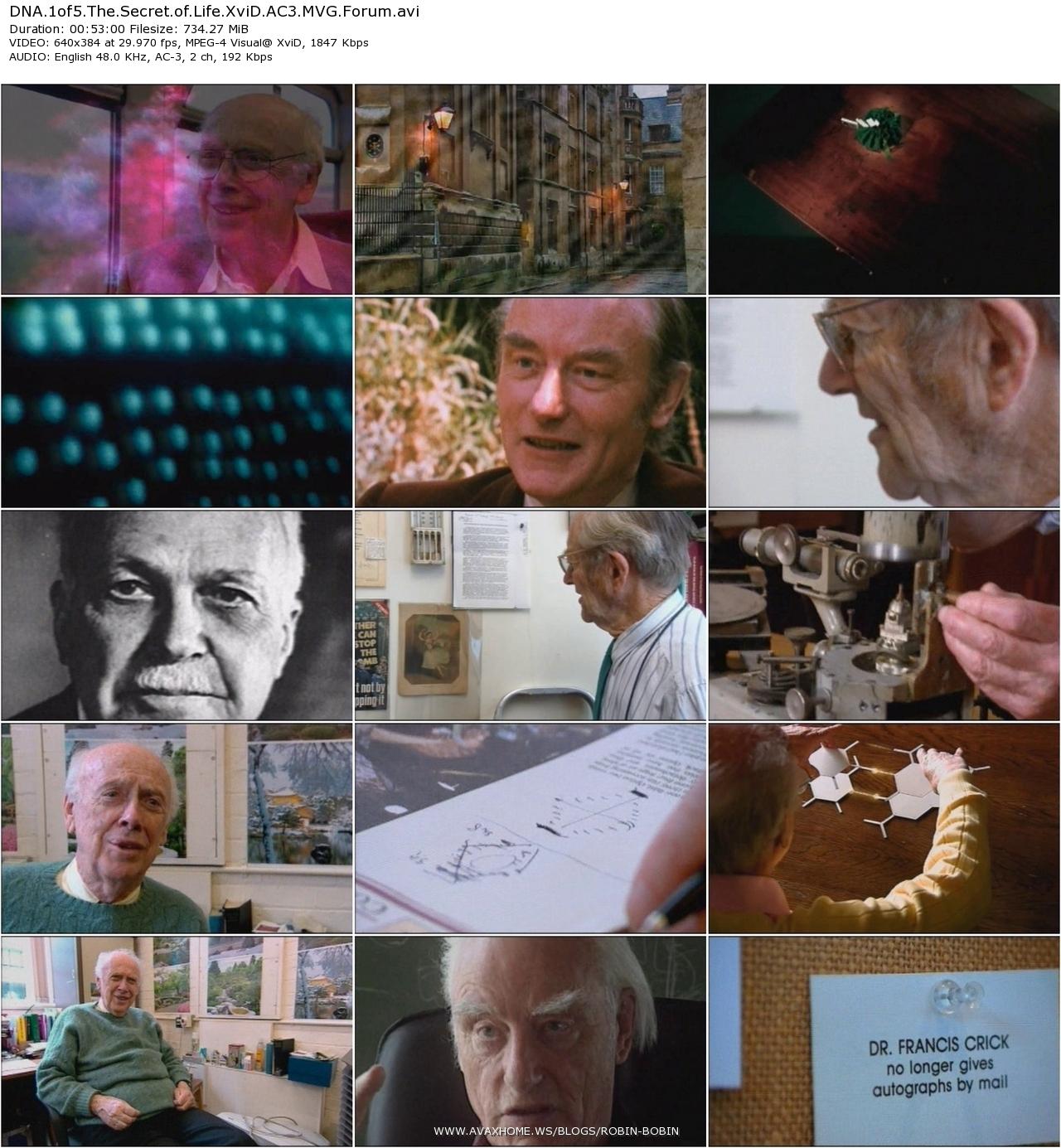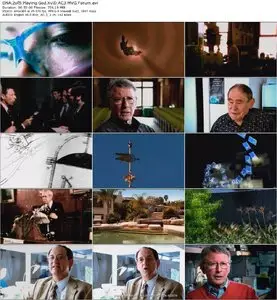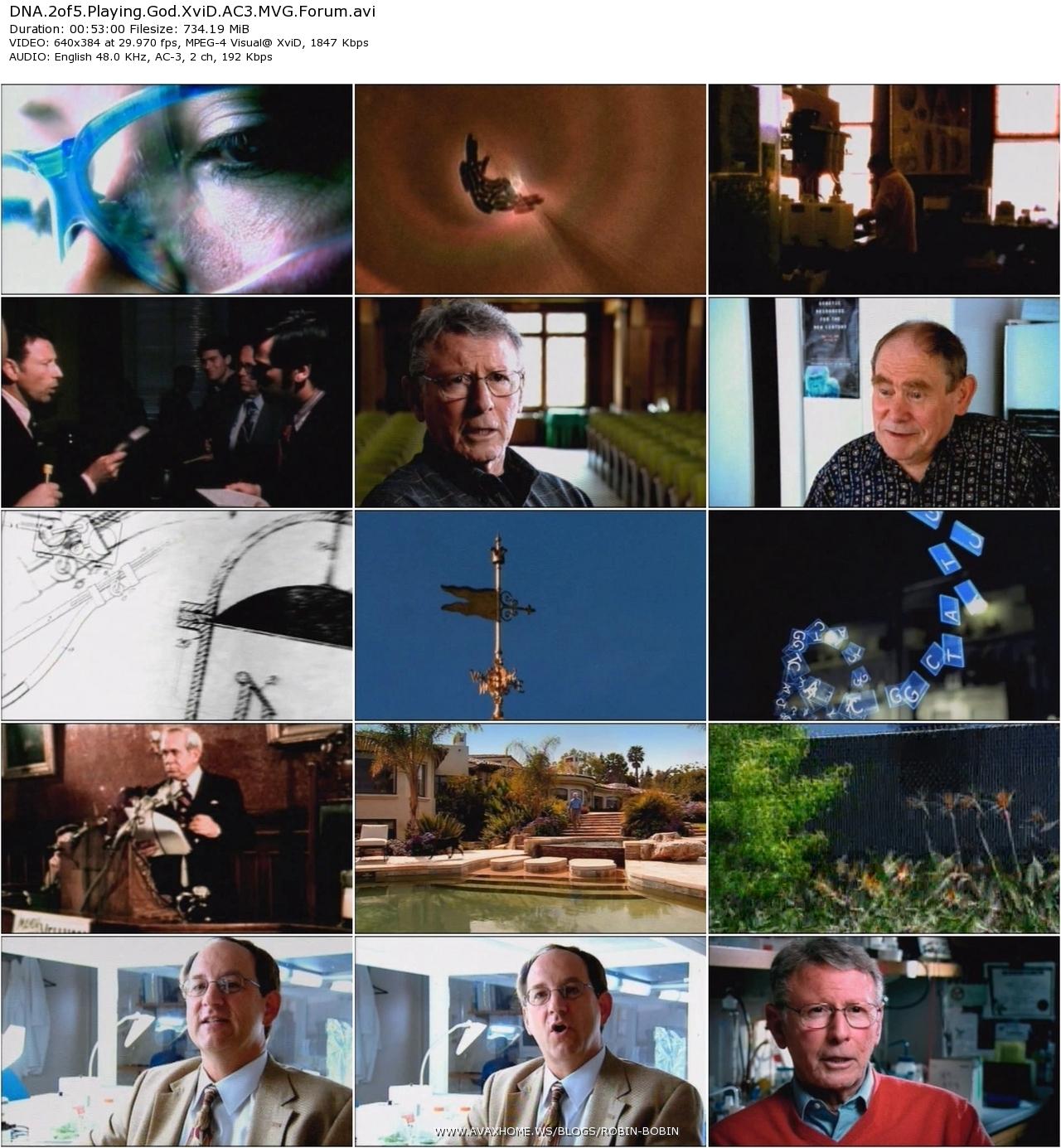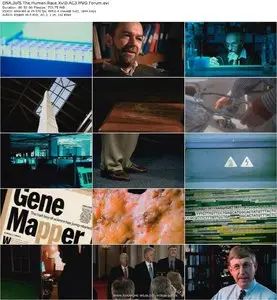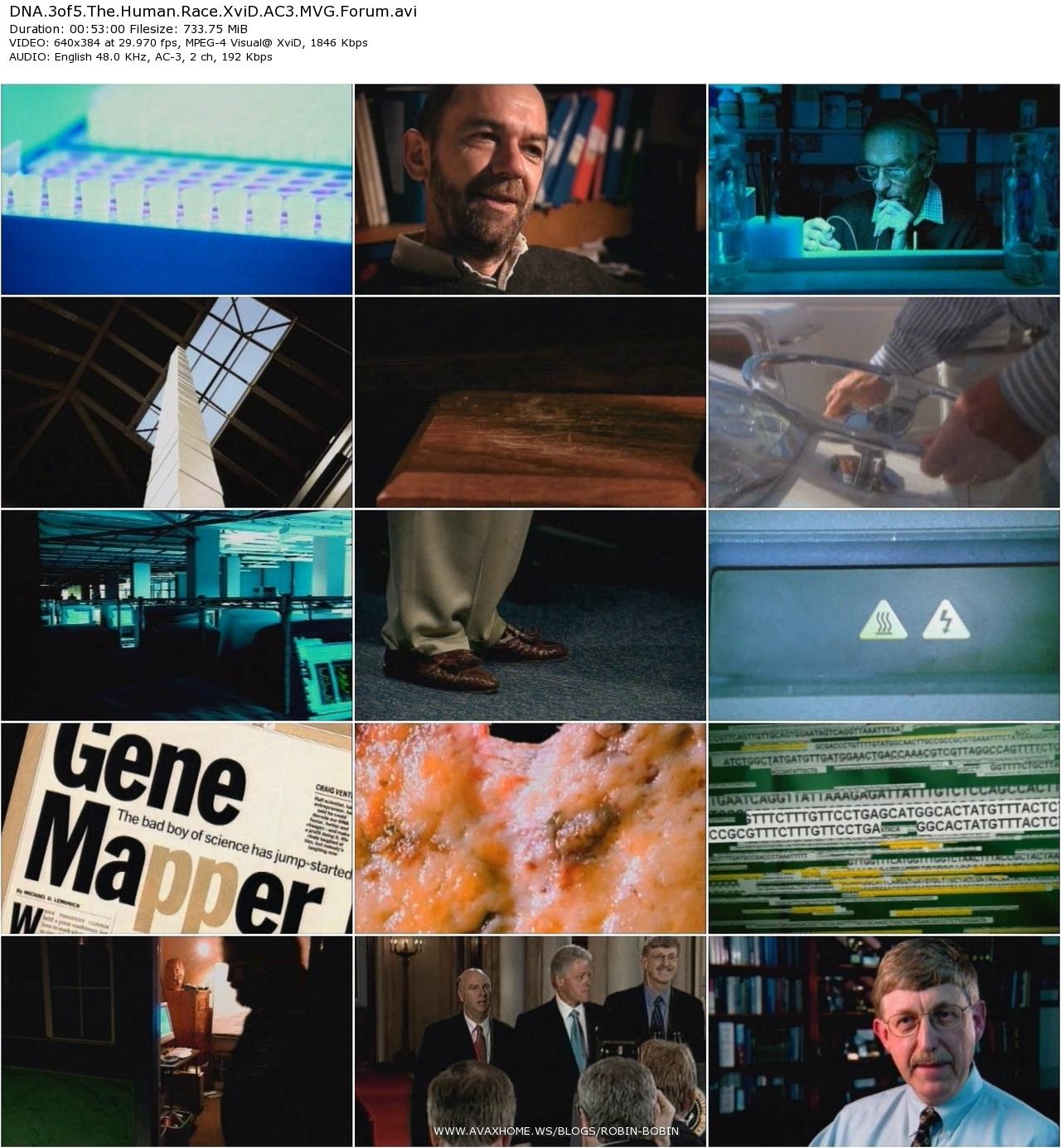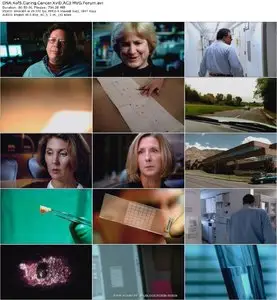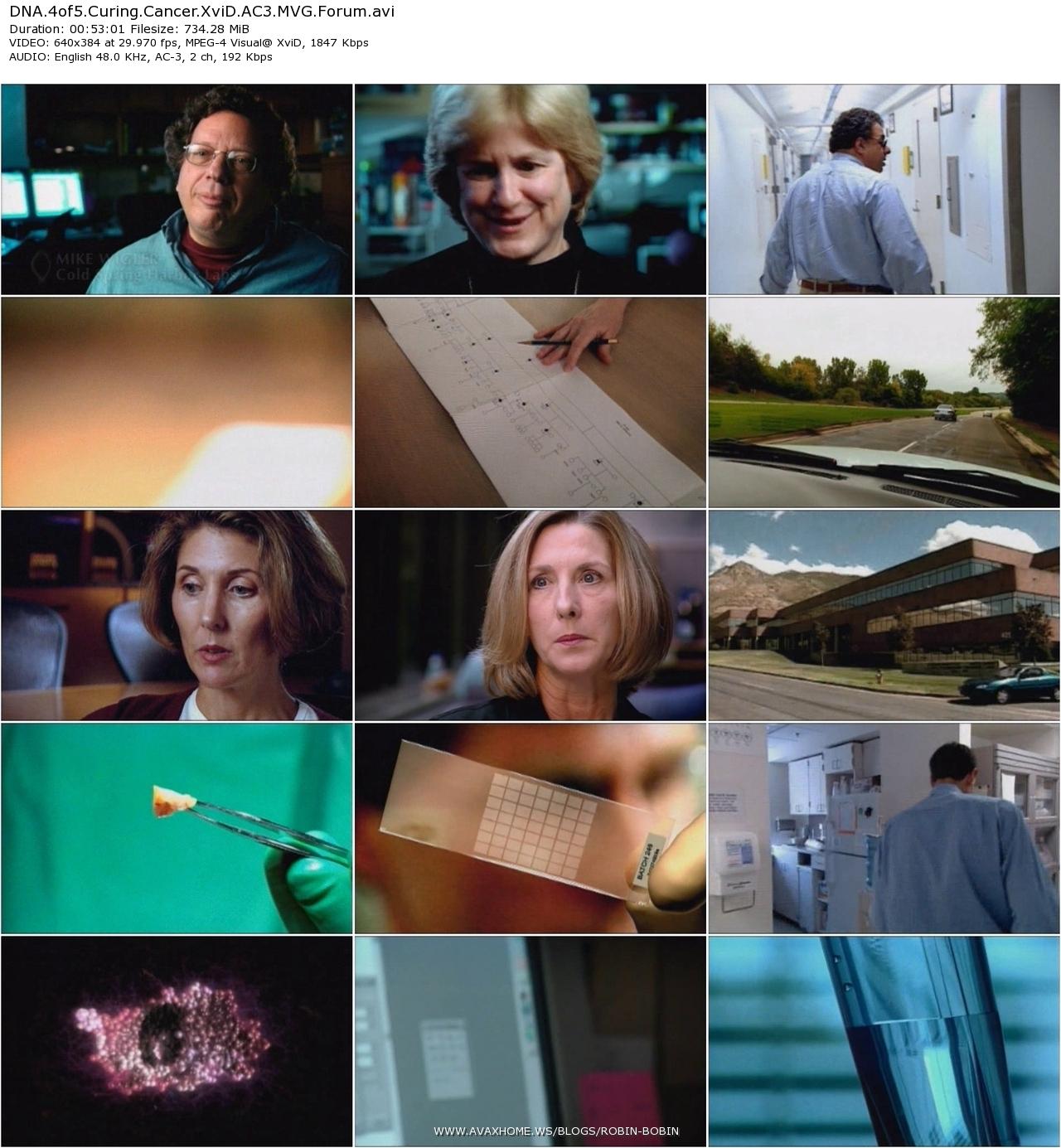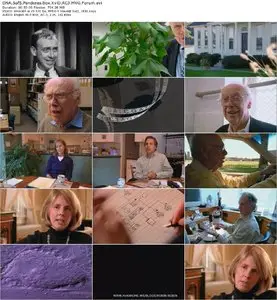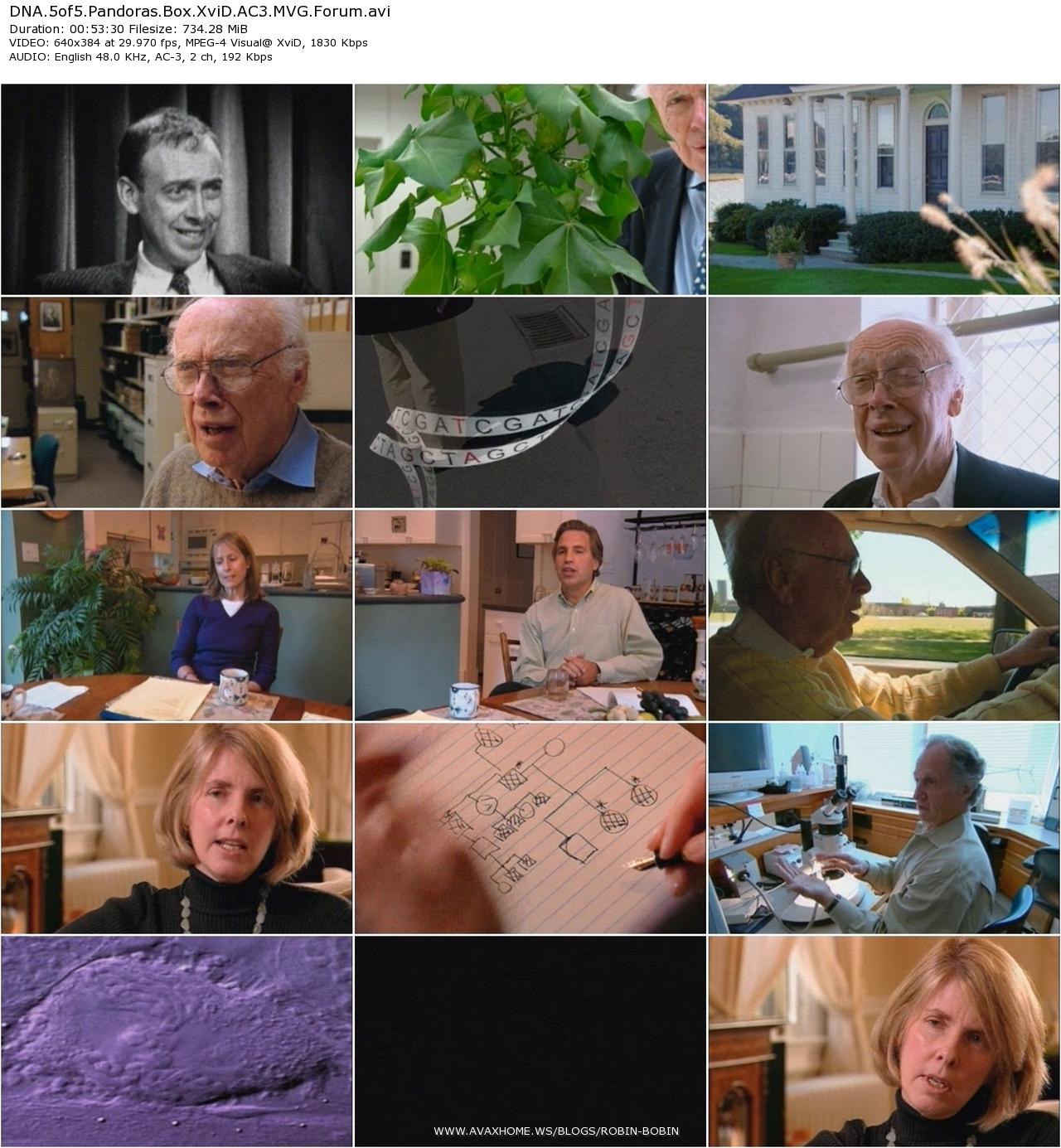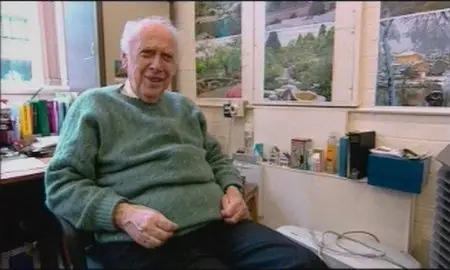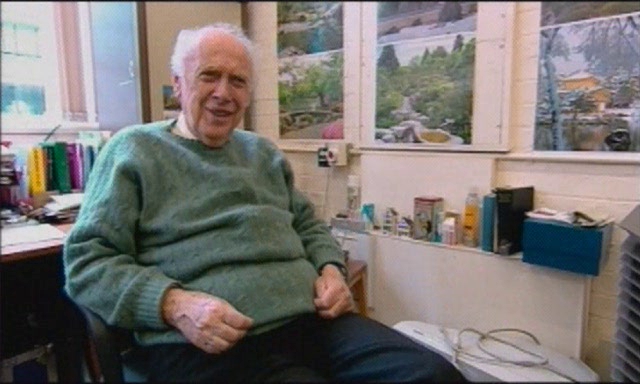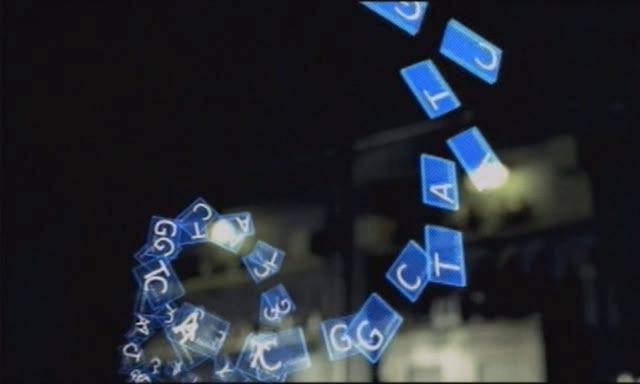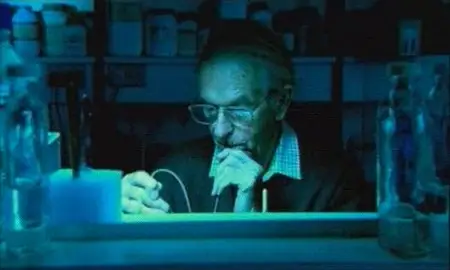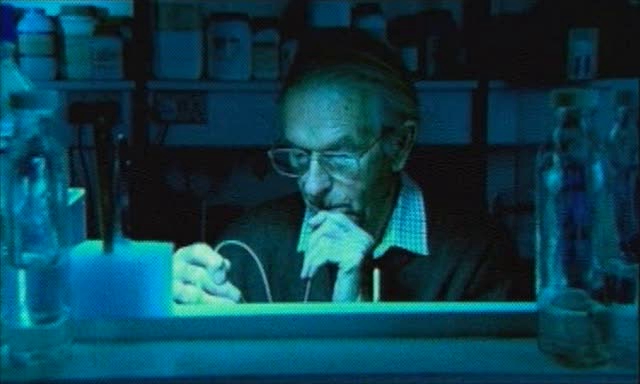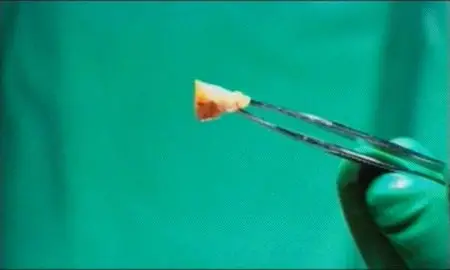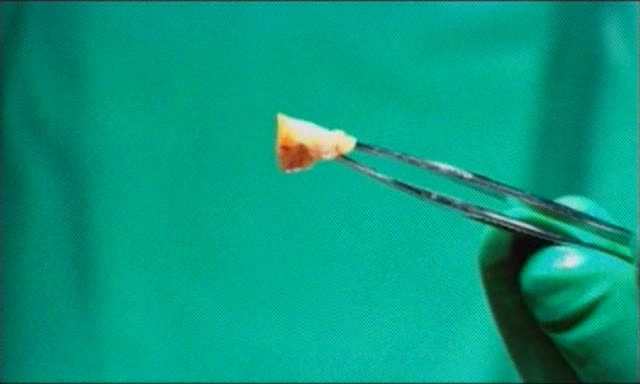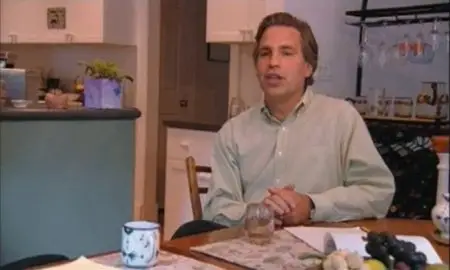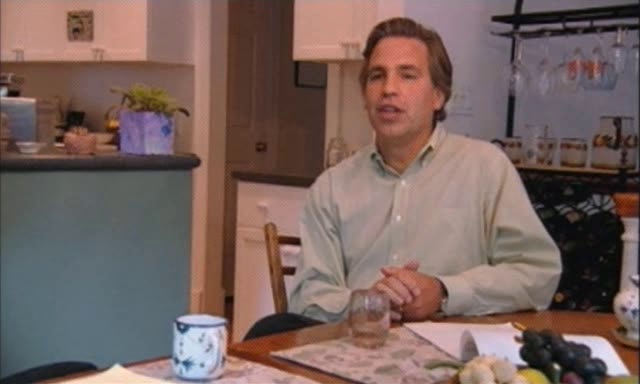DNA The Secret of Life - Award Winning PBS Series - 5 episodes (2003)
DVD-Rip | XviD (AVI)| 1846 kbps | 640x384 | 29.970 fps | AC3 - 192kbps 48 KHz | English | each episode ~ 53 min | 3.5 GB (each episode ~ 2 parts ~ total 10 parts)
Genre: Documentary
DVD-Rip | XviD (AVI)| 1846 kbps | 640x384 | 29.970 fps | AC3 - 192kbps 48 KHz | English | each episode ~ 53 min | 3.5 GB (each episode ~ 2 parts ~ total 10 parts)
Genre: Documentary
Fifty years ago "the secret of life" was revealed by two unknown scientists - Dr. James D. Watson and Dr. Francis Crick - with their discovery of the double helix structure of DNA. That scientific breakthrough has been called the single most important discovery of all time. Its current applications - in modern medicine and food production, for example - have already changed the way we live now. Its future potential, specifically the controversial idea of "genetic enhancement" in the womb, could radically alter life as we know it.
For the first time on television, DNA charts the comprehensive history of DNA science - from the discovery of the double helix structure to the mapping of the human genome to the latest research - and examines its current, sometimes controversial applications and implications for the future.
At the heart of this EMMY Award-winning series are the very human stories behind the scientific experiments and discoveries, introducing viewers to the brilliant, passionate, fiercely competitive, sometimes quirky individuals on the front lines. While ground breaking computer animations bring the incredible world of molecular biology vividly to life. Awards won by films in this series include:
The 2005 EMMY for Outstanding Science Documentary,
2003 Grierson for Best Science Documentary,
2004 CINE Golden Eagle for Best Science Series,
2004 New York Festivals Gold Medal for Best Science Series,
2004 Indie Award for Best Science Series and
2004 ABSW Award for best Science Documentary.
The DNA Interactive DVD won the 2004 BAFTA Award for Best Offline Factual.
Specifically, it was a race between two teams of young scientists working in Britain, as well as the esteemed chemist Linus Pauling, based in California. Already a Nobel laureate, Pauling may have been the favorite, but the discovery would ultimately be made by his British counterparts. Rosalind Franklin and Maurice Wilkins were trying to identify the structure by studying X-ray diffractions of the DNA molecule. But Jim Watson and Francis Crick studied a little bit of everything – including, to the consternation of some, the work of their competitors. A few have gone so far as to accuse Watson of stealing Franklin's X-ray work.
In any case, Waston and Crick's inquisitive working style ultimately allowed them to determine the DNA structure first, in 1953 – an achievement that led to their Nobel Prize in 1962. Meanwhile, Franklin passed away in 1958 from cancer.
Produced/directed by David Glover and edited by Joe Bini.
Fifty years after the discovery of the double helix, this film re-assesses the classic story of how Jim Watson and Francis Crick worked out the double helix structure of DNA. This is the definitive documentary account of how the human race found the secret of life. It reveals how a gawky American biologist, with a strong interest in birds came to team up with a cocky, but brilliant physicist in Cambridge, England. Against all the odds, they decided to tackle the problem of the century: was DNA the key to life?
They took on Linus Pauling, at Cal Tech. who was known to be the greatest chemist in the world. The other contenders were Rosalind Franklin and Maurice Wilkins, who formed an unhappy alliance at King's College, London. They had important X-ray data from which it should have been possible to work out the structure, but in an extraordinary saga of intrigue, skull-duggery and pure genius, Crick and Watson won the race.
Many of the key witnesses and participants in this extraordinary tale have died since the film was made. This was their last chance to put the record straight.
In 1973, two scientists, Herb Boyer and Stan Cohen, became the first genetic engineers when they transferred the DNA from one species to another. Their experiment triggered a wave of controversy about the dangers of genetic manipulation, but it also generated a multi-billion dollar industry.
Was altering the genetic makeup of plants and animals a threat to humanity or the key to alleviating a host of health problems? Biologists, along with lawyers and journalists from all over the world, were called to a meeting in California to decide the future of DNA research.
To quell public fears and pre-empt government regulation, the scientists drew up a strict set of guidelines, which everyone agreed to follow.The panic subsided and the stage was set for a biotechnology bonanza. A race began between Herb Boyer and his new company, Genentech, and a brilliant Harvard professor, Walter Gilbert, to produce genetically engineered insulin, which today saves millions of lives. Later, Rob Horsch, a young researcher who worked for the chemical giant Monsanto, produced the first genetically engineered plant, spawning a research effort that would herald the biggest revolution in agriculture since the industrialization of farming. In this film, computer animations - based on the latest scientific data - render DNA visible and help explain some of the challenges researchers faced. The pioneers who carried out the first genetic engineering experiments discuss their groundbreaking experiments and how they have changed the world.
In the 1990s, the race to discover the structure of DNA was eclipsed by another race - to catalogue three billion letters of code that make up human DNA. The practical applications and profit potential of mapping the human genome, a virtual instruction manual of the human being, were extensive, from DNA fingerprinting to fighting cancer. In an exclusive interview for this film, President Bill Clinton discusses his involvement in the historic race, which ultimately became a battle.
The story began in 1990 when the public Human Genome Project was launched. To show just how complex and colossal a task it was, the film features a real-time simulation of what the human genome looks like - a long strand of DNA coiled up like molecular spaghetti in each cell of the human body. Eight years into the project, a rival, privately-funded bid was announced by Celera's Craig Venter with the goal of being the first to sequence the human genome. A personal feud erupted between Venter and Sir John Sulston, who oversaw Britain's share of the public Human Genome Project. James Watson, co-discoverer of the DNA double helix, had been instrumental in convincing Congress to fund the public project and was incensed by Venter's action. President Clinton recalls his frustrations with the two groups and his concerns that their fighting would jeopardise one of the greatest scientific efforts of all time. Over pizza and beer in a basement, a go-between met with the rivals and an agreement was made to announce their draft results together in a joint celebration hosted by the White House. On June 26th, 2000, the announcement was made that the human genome had been mapped, an epic endeavour compared in the film by one participating scientist to Lewis and Clark's exploration of the American continent.
This film won the 2005 EMMY for Outstanding Science, Technology & Nature Documentary.
In 1994, Bud Romine was diagnosed with an incurable type of cancer, chronic myeloid leukemia (CML). He was given three years to live. In 1996, a newspaper article caught his eye. It described how a local doctor and researcher, Brian Druker, was looking to test a new kind of cancer drug that targets the damaged gene responsible for CML.In 1997, months away from death, Romine became the first patient ever to take a drug called Gleevec. Within 17 days his leukemia had completely disappeared.
Using specially designed molecular graphics to reveal exactly how the Gleevac attacks the cancer, its secrets and those of new drugs like it are revealed. This program tells the stories of several scientists who spend their careers working to trace different types of cancer back to their origins - their DNA. It recounts the race between two scientific groups headed by Drs. Mary Clare King and Mark Skolnick to find the gene that indicates hereditary breast cancer in young women, and tells the emotional story of two sisters who benefited from the outcome of that research.
In the final programme, James Watson gives a tour of the future of DNA science. He believes it should be used to change the human race. His views are both extraordinary and extremely controversial. Watson argues for a new kind of eugenics - where parents are allowed to choose the DNA of their children - to make them healthier, more intelligent, even better looking. This film is his journey through the subject, from a gas chamber in Germany where the mentally ill were murdered by the Nazis to labs today where scientists have found ways to create new strands of DNA. In the program, Dr. Kay Jamison, a renowned neuroscientist who is manic depressive, and the parents of a child with Down's Syndrome make a case for the value of differences among people in society.
Watson talks about his own son, something he rarely does publicly, who is mentally ill. He calls the illness, which was likely caused by a fault in his DNA, a "genetic injustice." This film is a journey into the future - a look into Pandora's box with the person who opened it.
This film won the 2003 Grierson Award for Best Documentary on Science of the Natural World.
Thanks to original uploader!


